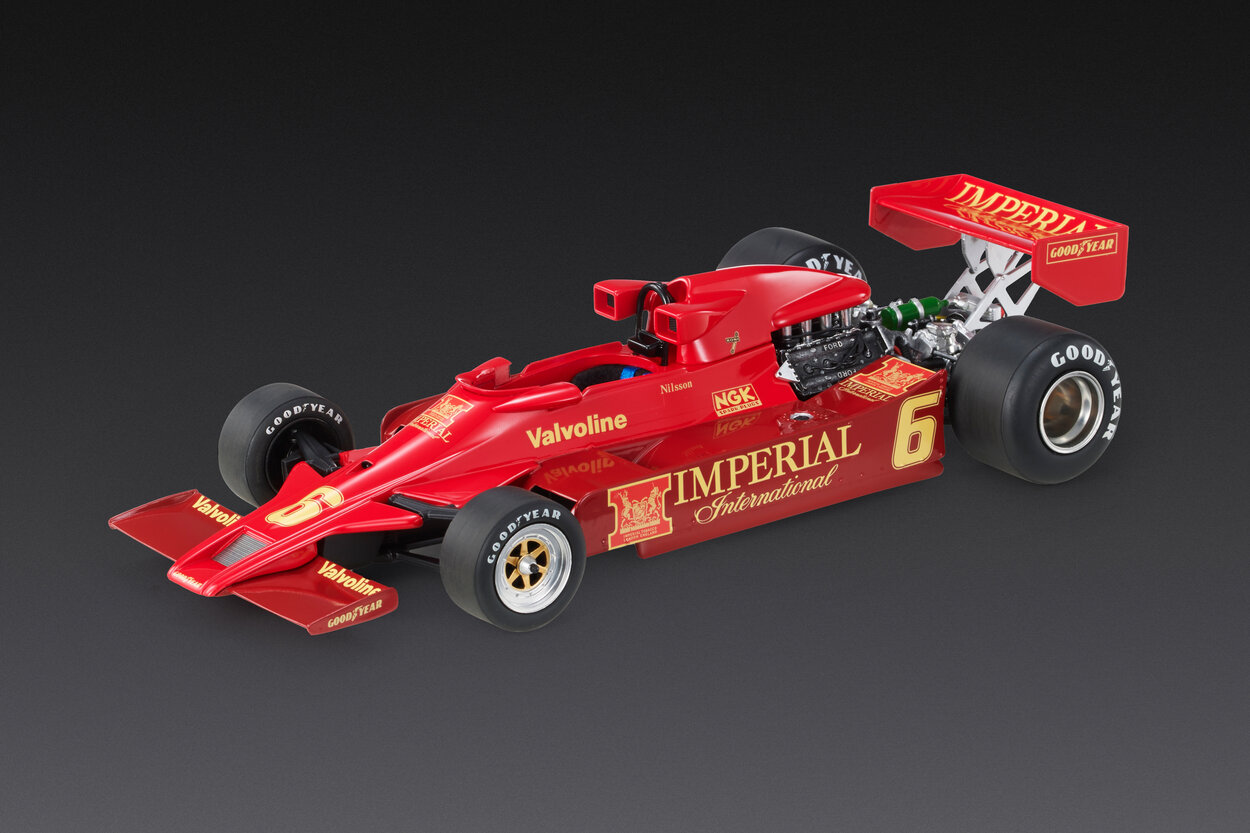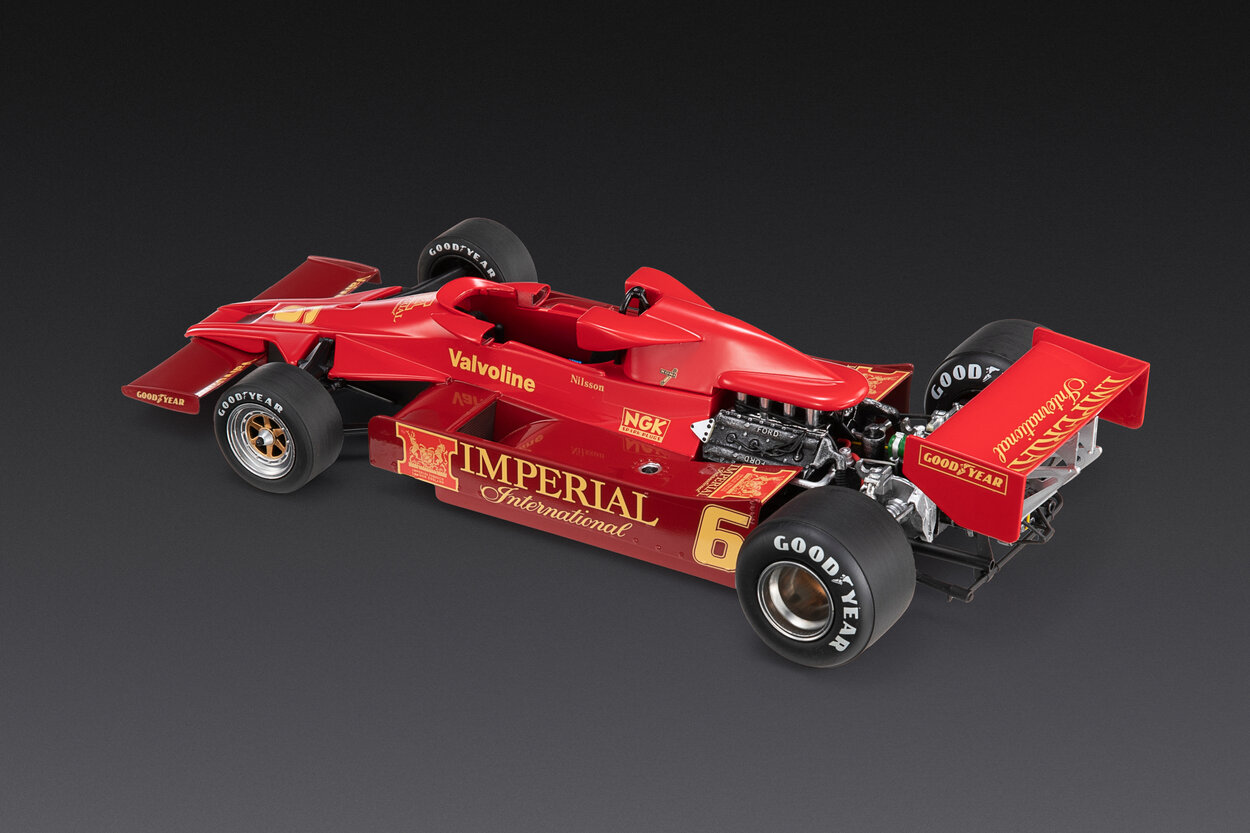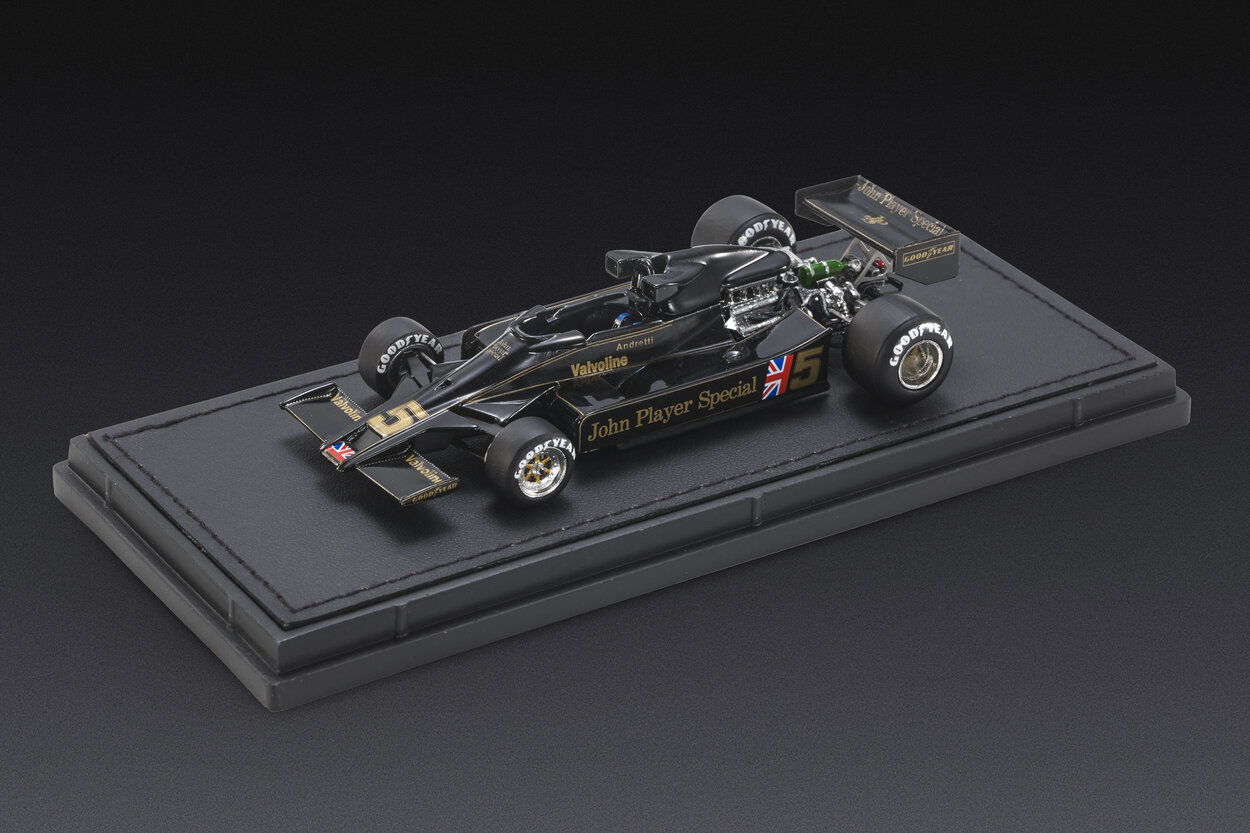Lotus 78
If there’s one car that revolutionized Formula 1, that car is the Lotus 78.
We’re in the mid-1970s. Lotus isn’t having its happiest season. Colin Chapman wants something that, once again, completely overturns the world of racing as he has already done at least twice in the past – first with the model 25 and later with the model 33. It’s 1975 when Chapman assigns a handful of his closest collaborators to study new solutions and come back to him with a cutting-edge project. This project will become the Lotus 78.
The first idea is from 1975. The idea is revolutionary: to position an upside-down wing in the side pods of a single-seater and create an airflow that keeps the car glued to the track. It’s the opposite of what airplanes do to take off. The upside-down wing creates what is called “ground effect.” Wing cars are born, those winged cars, which will characterize the late 1970s and the early 1980s.

Drivers:
Mario Andretti: He’s one of the major protagonists of the 1977 season. In fact, with four victories, he is the driver with the most wins in the season. Mario wins at Long Beach, Jarama, and Dijon and finds himself fighting head-to-head with Lauda and Scheckter for the title. But in the second part of the season, his Lotus 78 shows too much fragility, and Mario loses ground that he won’t be able to recover. As a consolation prize, he triumphs in the Italian Grand Prix at Monza. Seven pole positions, four fastest laps, and third place in the Drivers’ World Championship standings.
Gunnar Nilsson: 1977 marks his second season in Formula 1. Unfortunately, it will also be his last because a lethal form of cancer will keep him away from Formula 1 for the entire following season and will kill him in October ’78. Behind the wheel of the Lotus 78, on June 5, 1977, Gunnar achieves what will remain his only victory in Formula 1 in the Belgian Grand Prix at Zolder.
Our model cars:

To channel all the air into the wing and avoid any dispersion, the Lotus 78 is equipped with a kind of thin brush that runs along the entire underside of both side pods, touching the ground. But the nylon of the brushes moves with the speed, and air escapes, largely cancelling the ground effect that is sought to be created. At this point, rigid bars – soon christened mini-skirts – made of ceramic material are introduced, effectively sealing the side of the car.
The engine is the proven 8-cylinder Ford-Cosworth that has powered all Lotus Formula 1 cars since 1967. Runner-up in the Constructors’ World Championship in ’78, it also successfully competes in the first part of the 1978 season.


